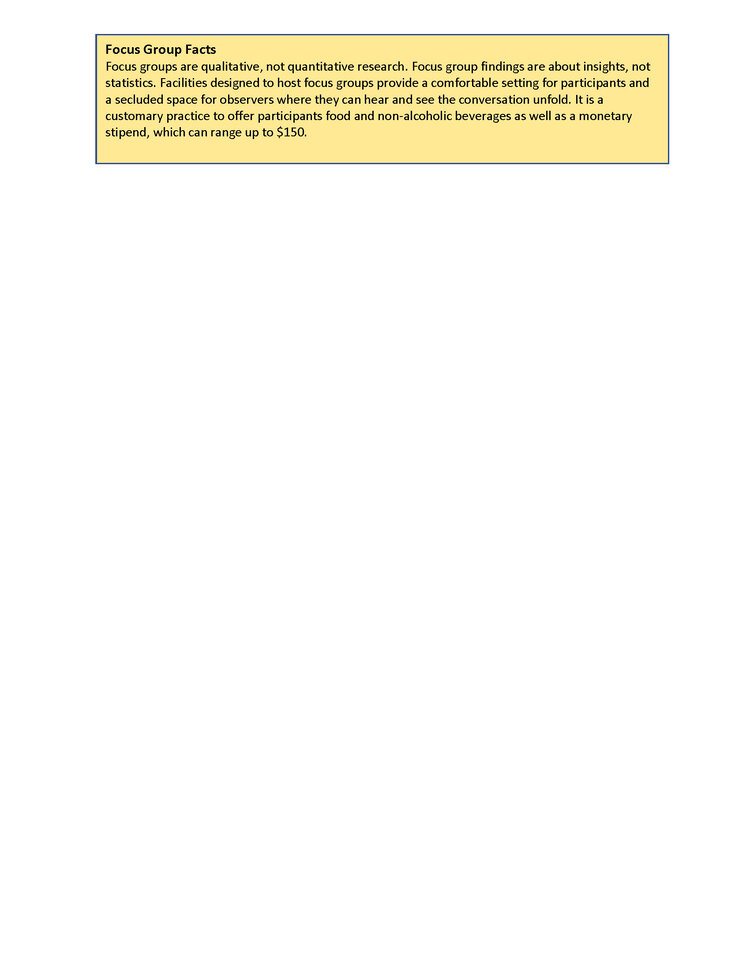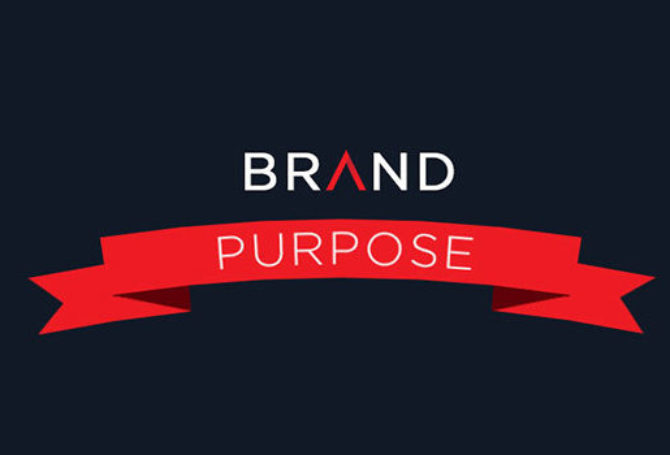
Focus groups have been cited in the congressional impeachment inquiry process for one of their best uses – helping identify language that connects with a target audience.
While the congressional reference wasn’t exactly meant as a compliment, it actually is an accurate portrayal of the value of focus groups. Brands and campaigns employ focus groups to test their marketing messages. Focus groups frequently result in modified messaging.
Well-run focus groups are the equivalent of BS-detectors. They can identify words, references and images that confuse or don’t click with their intended audience. They also single out words, references and images that may be viewed as inauthentic or even inappropriate.
Focus groups are widely used, including by partisans of all stripes. That usage is based on the success of focus groups steering marketing and political campaigns in productive directions. Why spend millions of dollars on a campaign without doublechecking you have key messages that will resonate.
Obtaining a representative sample, inviting people to attend, renting an appropriate facility, offering a participant stipend and developing a discussion guide is not cheap. Researchers prefer to do at least two focus groups and often issues, such as the impacts on different age groups, require even more focus groups. It can be a significant expense and take some time. Results indicate it often is the difference between a marketing success or a dud.
For people unfamiliar with how focus groups work, they involve engaging eight to 12 people, chosen because they match the characteristics of a target audience, in a 90-minute conversation guided by a professional facilitator. The exchanges can be very candid in critiquing marketing materials. They also tend to be very specific about what works or what flops.
Egos can be crushed by focus group findings. Graphic designers, ad copy writers and brand managers can watch from behind a one-way mirror as target audience members dissect their creative handiwork. Taken objectively, the real-time insights by focus group members can help marketers refocus and strengthen their messaging.
The underlying purpose of focus groups is to be audience-centric, to provide the equivalent of a clinical trial for how an ad or messaging is perceived by the people it is intended to impress. Declining to road-test marketing material because of cost is a short-sighted economy.




